- This is the largest floating photovoltaic project in Thailand, jointly built by China and Thailand
- Since being put into commercial operation in October 2021, these Chinese-made panels have continuously converted sunlight into clean electricity and delivered it to thousands of households
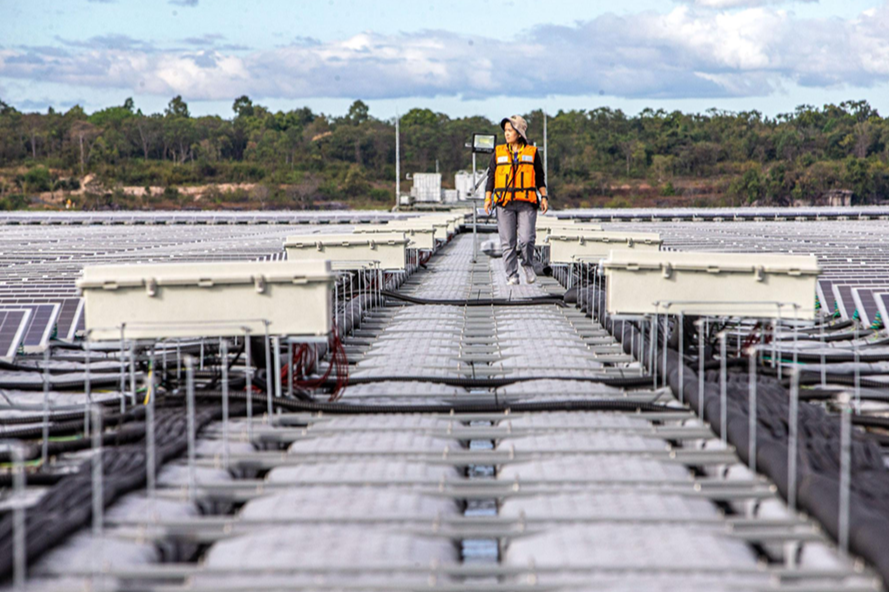
On the Sirindhorn Reservoir in Ubon Ratchathani, more than 600 kilometers away from Bangkok, the capital of Thailand, seven huge blue square islands shine brightly under the sunlight. Relying on the Sirindhorn Dam hydropower station built in the 1970s, the newly completed floating photovoltaic and hydropower integrated energy project skillfully combines two types of renewable energy. According to reports, the feature of the project is that hydropower and photovoltaic power generation can be adjusted according to load changes. It can be powered by photovoltaic power during the day and hydropower stations at night, and can also generate power from photovoltaic and hydropower facilities at the same time, making long-term stable power generation possible.
Talking about the original intention of the project construction, Chachai, the assistant director in charge of power plant engineering and construction of the National Electricity Authority of Thailand, told the Xinhua News Agency reporter that in order to cope with climate change, all countries are accelerating their progress towards carbon neutrality. Thailand also attaches great importance to the use of renewable energy for power generation, and is committed to developing low-cost, high-stability and eco-friendly green energy projects.
Chachai said that the design of this integrated energy project is in line with their vision, and the project has been operating well at full capacity for one year. In the future, this pilot project will be extended to another 15 hydropower stations.
One of the general contractors of the project, Meng Chunwei, deputy general manager of the Shanxi Institute International Engineering Branch of China Energy Construction Group, told reporters that the project installed more than 144,000 photovoltaic modules with a total installed capacity of 58.5 megawatts. "It can reduce 47,000 tons of carbon dioxide emissions every year, help Thailand reduce its dependence on high-pollution thermal power generation, and achieve the goal of increasing the proportion of renewable energy to 35% by 2037."
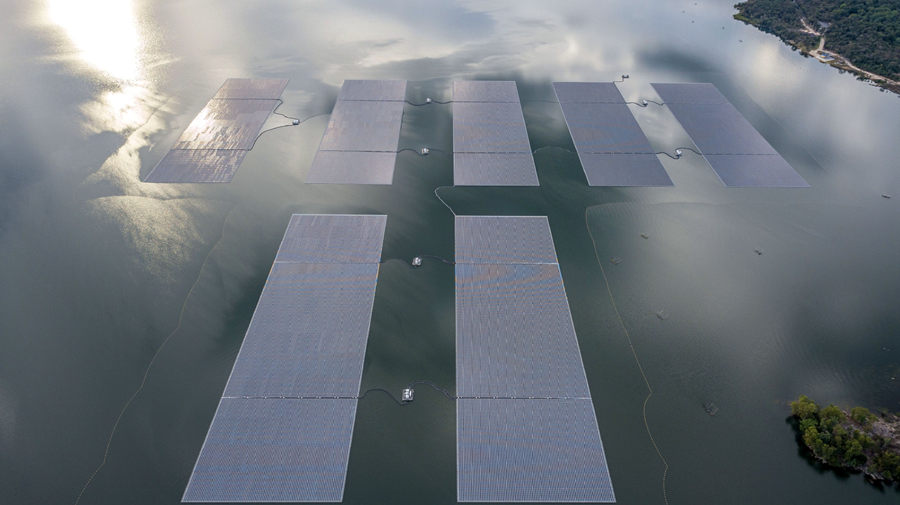
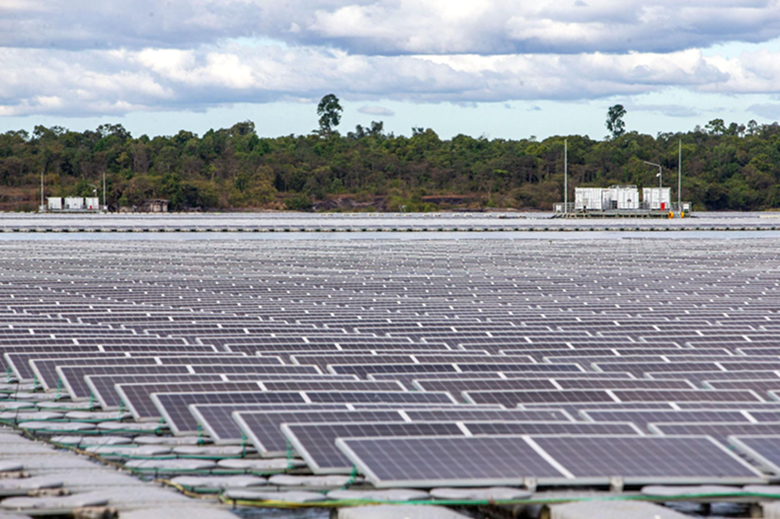
The Sirindhorn Dam floating photovoltaic project occupies a water area of about 121 hectares, which is equivalent to the size of 160 football fields, but only occupies about 1% of the total reservoir area. Suweta, one of the Thai project managers and director of the Control System Engineering Office of the Ministry of Hydropower and Renewable Energy of the Thailand Electric Power Bureau, told reporters that these floating photovoltaic panels do not use agricultural land and will not affect the development of local fisheries.
Meng Chunwei said that the Chinese side fully considered Thailand's environmental protection requirements during the project design process. For example, the floating body is made of high-density polyethylene, which is the same material used for water supply at the water source; horizontal directional drilling technology is used to lay cables on the bottom of the water to avoid damaging the underwater ecological environment.
Suveta spoke highly of the Chinese partners: "China Energy Construction has rich experience in floating photovoltaic construction, and we fully trust their professional technology."
In order to promote the concept of renewable energy, after the completion of the project, the Electric Power Bureau of Thailand will use it as a renewable energy learning center and turn it into a new tourist attraction. Through the specially built aerial landscape plank road and exhibition center, visitors can stop to enjoy the scenery of the reservoir and look at the spectacular floating solar panels. The 24-year-old Natamon is a resident near the reservoir, and has been in charge of the reception since the opening of the exhibition center. She told reporters that the project was gaining more and more visibility. During the Songkran Festival this year, the number of visitors per day was as high as 5,000 to 6,000.
The constant stream of tourists has created more employment opportunities for the locals. There are vendors selling local products everywhere near the scenic spots, and tourism service facilities are also readily available.
At the beginning of 2022, the Electric Power Authority of Thailand officially announced the promotion of the construction of the second floating photovoltaic project, which will be located at the Ubon Ratchathani Dam in Khon Kaen Province in the northeast. It is reported that the new project will incorporate energy storage systems to further improve the stability of power supply. Thailand plans to become carbon neutral by 2050 and achieve net-zero greenhouse gas emissions by 2065. The Thailand Electricity Authority mentioned in the latest renewable energy plan that it will increase the total power generation capacity of floating photovoltaic projects to 2,725 megawatts by 2037. Editor/He Yuting
Comment
 1
1
 Collect
Collect
 Comment
Comment
 Search
Search


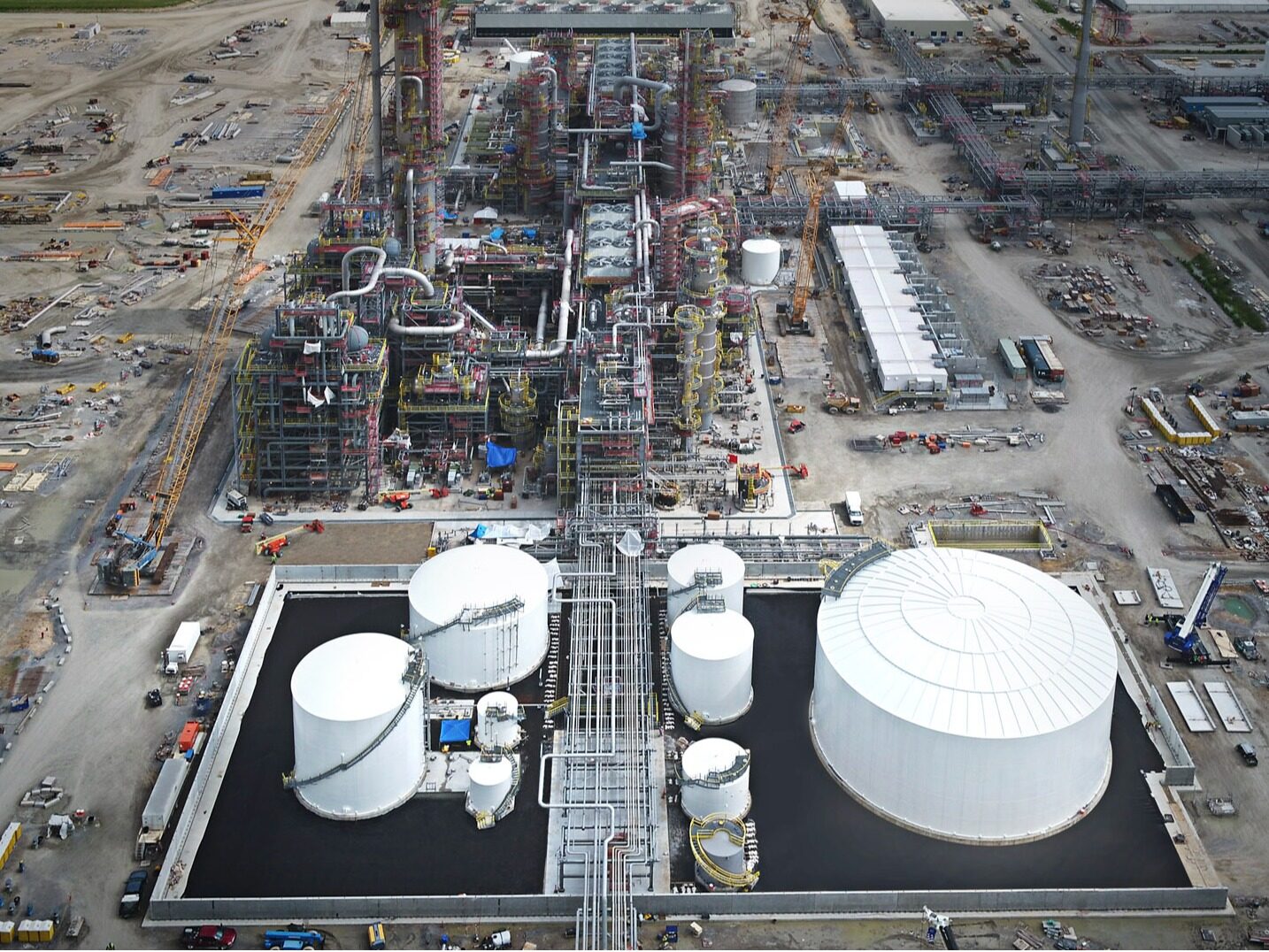
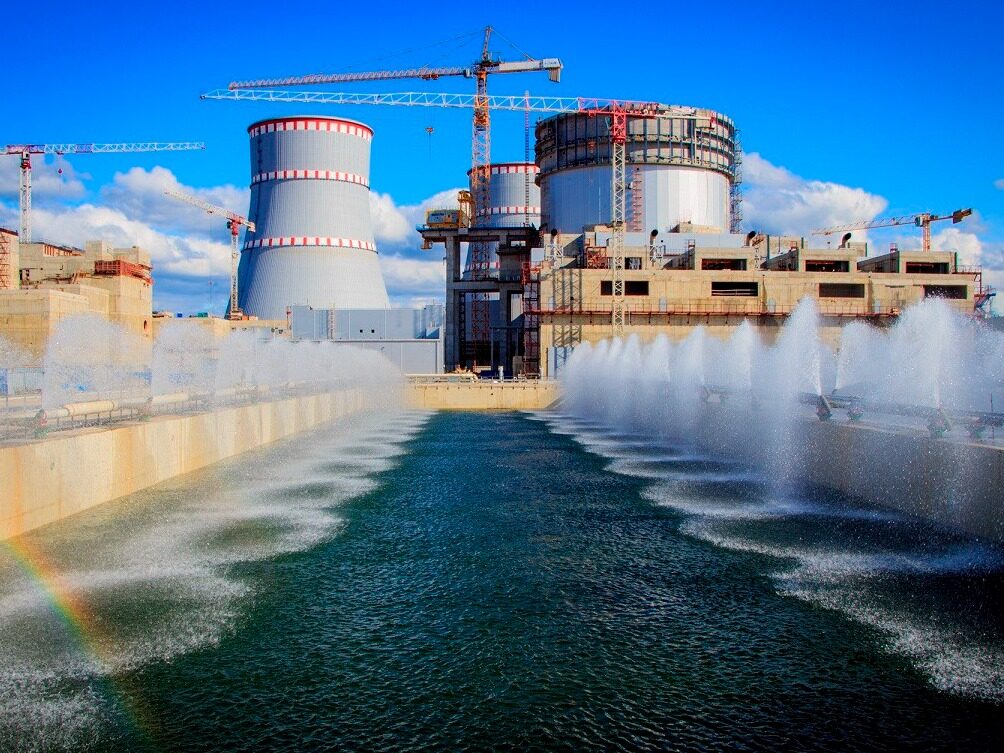
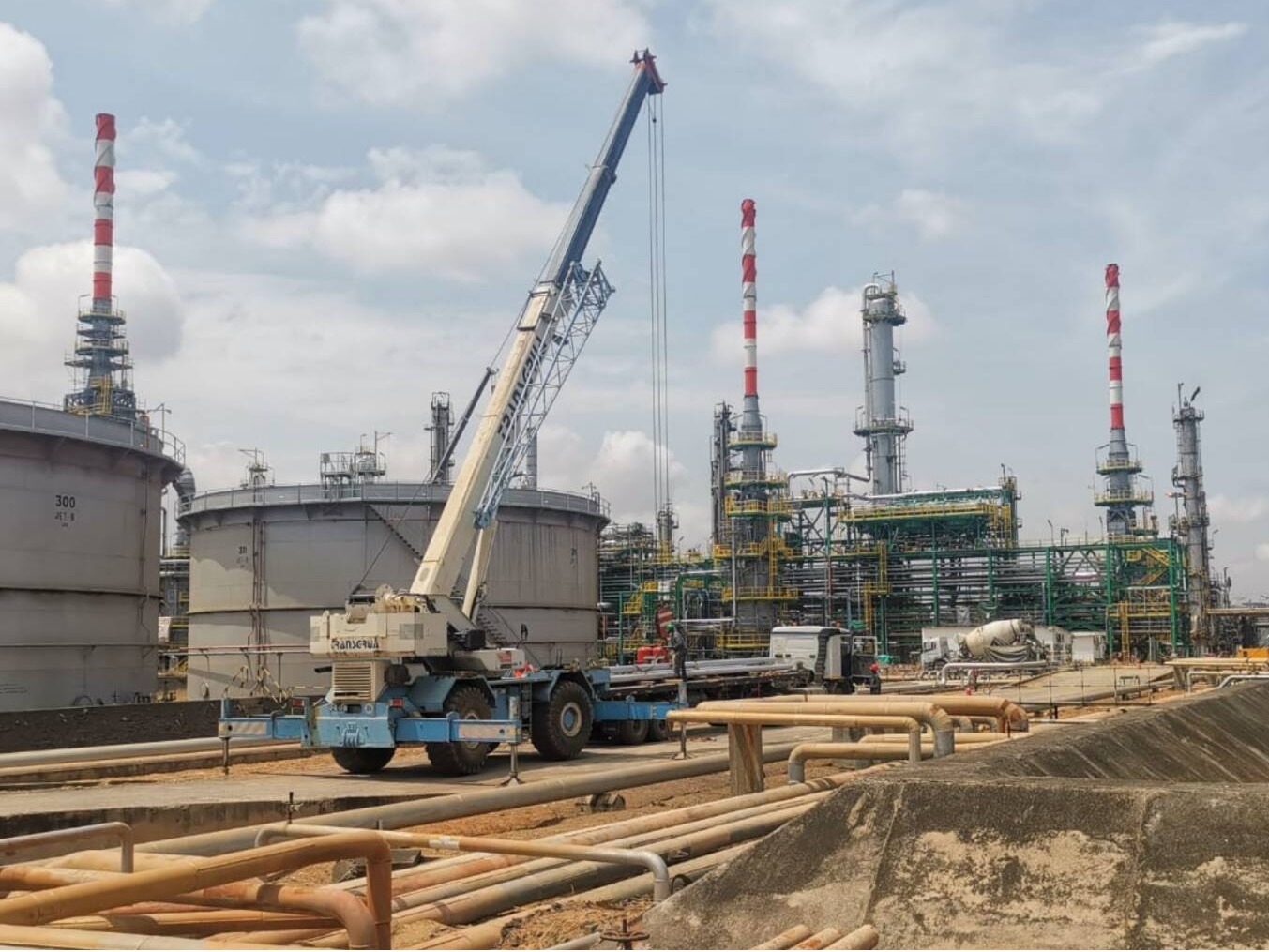
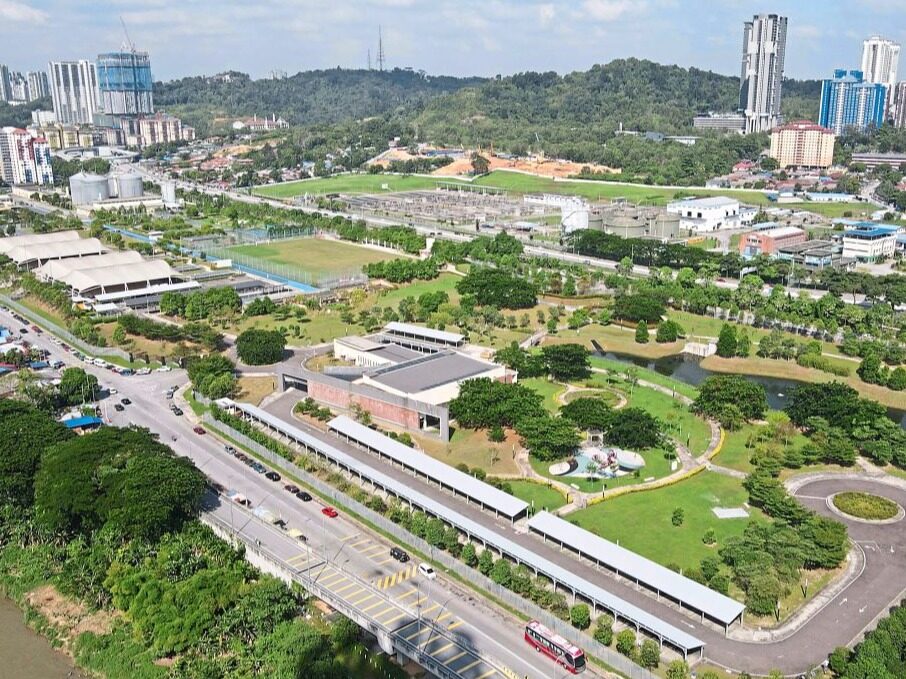








Write something~